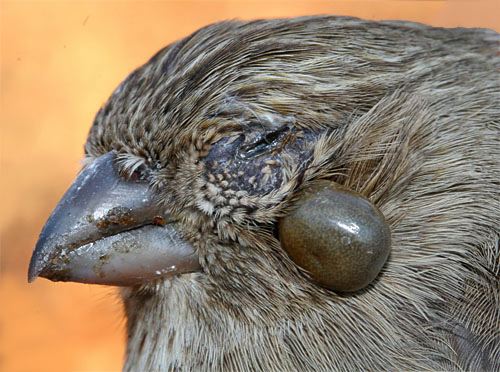I was staying in a house with a few animals, one of which was an adorable dog named Mable. Check this babe out:
Photo Credits: Mary Jane Photography // March, 2011
Mable and I instantly bonded over a shared experience: Ixodoidea (ticks of the hard variety). We've all had one attached to us at one point in our lives, unless you live in a bubble. Mine was in elementary school on a hiking trip. My mom found it attached to the back of my neck, just below my nape, and proceeded to freak out about lyme disease. I ended up fine, as always. Luck of the draw, I suppose.
Tick on a Chick.
Since the weather is starting to warm up a bit in Pennsylvania, ticks are out on the prowl. Poor Mable has experienced a few in the last few weeks, specifically two on the day that I arrived. Now, I happen to have a talent for finding ticks and such on people and animals. Is it a talent? a gift? a ticks-sense? Whatever it is, I've mastered it, and was able to find two on Mable within 10 minutes of being in her house. What a way to meet someone!
Deer Ticks (Ixodes scapularis) shown fully engorged with blood on the right.
The next day, we relaxed together, enjoying the 70 degree Fahrenheit weather in shorts (...me, not Mable.), laying on the giant trampoline in the backyard and going on a few walks to pass the time. As I lay on the giant trampoline (so comfy! who would have thought?), I pondered the parasitic prey that varied from coast to coast. Are ticks worth an entry on the ol' blog, or are they old news? I mean, they're practically everywhere, varying with geographically specific species (over 900 species, to be exact!). Yet, I got really excited when I read about the recent coverage of ticks in China (Mable, we're not alone!).
Apparently, a new virus has been isolated, and is associated with tick bites. The new virus, termed SFTSV, which stands for Severe Fever with Thrombocytopenia Syndrome bunyaVirus (a stupid name, in my opinion) was discovered via isolation after filtration of the infected patients' blood samples. Ticks are symbiotically associated with bacteria that can cause many problems and illnesses with humans (example: Lyme Disease), so researchers naturally had their sights set on something much larger than their actual viral cause.
Image credits: National Institute of General Medical Sciences
The fun thing about Bunyaviruses that infect humans (as they are usually found in rodents and arthropods, hence the cute little vector!) is that when they do, they are usually super deadly! SFTSV has been associated with a relatively high mortality rate, causing death in 30 percent of initial reports. Later, the percentage was lowered to only 12 percent ("oh, I guess this one isn't really dead!"). The reason for the high mortality rate is that humans usually experience major organ failure, extreme fevers and/or hemorrhagic fevers (meaning, your insides can start melting and leaking out of your orifices). SFTSV has caused major gastrointestinal problems and organ failure in many of the cases seen in China.
Scientists have stated that humans are a "dead end", as in, the SFTSV will only spread through tick-transmission, not through human-to-human contact or aerosolization. This makes sense, since they've only seen this in people that had confirmed tick bites, meaning the initial infection is assumed to be through a blood meal, but I'm sure they'll find that contact with infected fluids will also spread the virus.
So, get ready for those sunny days, and remember to check yourself thoroughly for ticks after being out in the wilderness. SFTSV has only been isolated in patients in China, but Lyme Disease has been found in many areas, so keep an eye out for symptoms of fatigue, fever and the characteristic rash:
Also, if you are interested, there are hundreds of videos on YouTube about how to remove a tick. One of the main things to remember is that you must remove the entire tick, including the head. If the head is left inside the wound, it could get infected.
Mable wants you to think of all the people who are infected with SFTSV.











